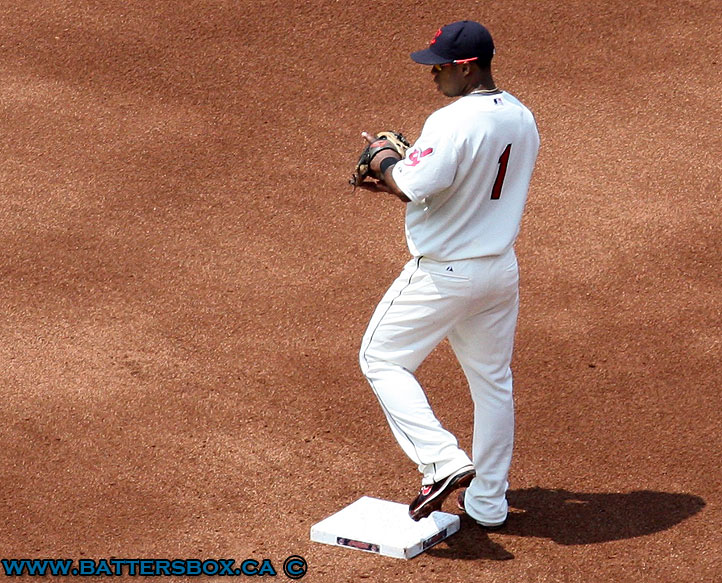
Luis Valbuena manning second base for the Cleveland Indians against the Detroit Tigers at Progressive Energy Field August 2, 2009.

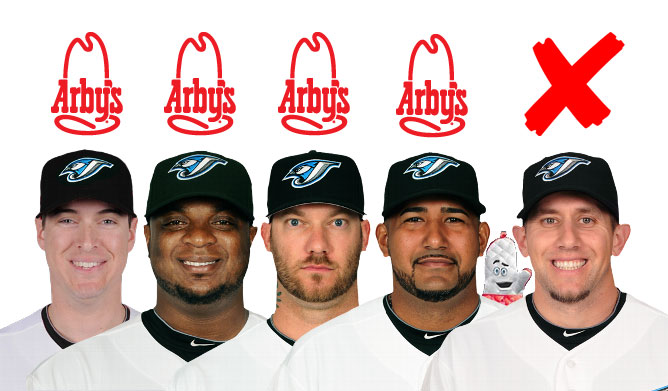
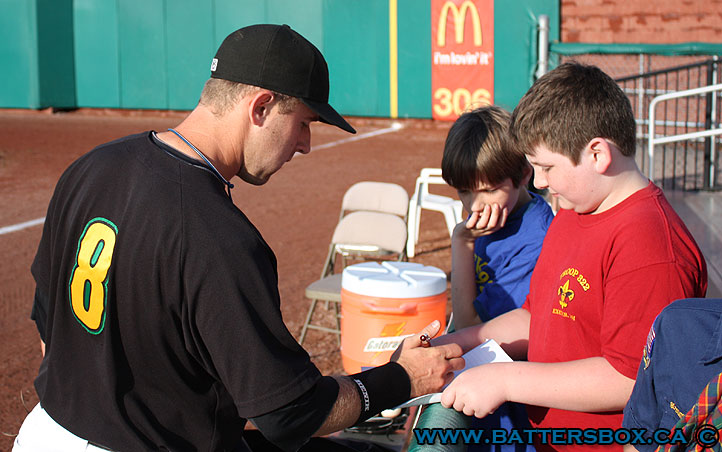
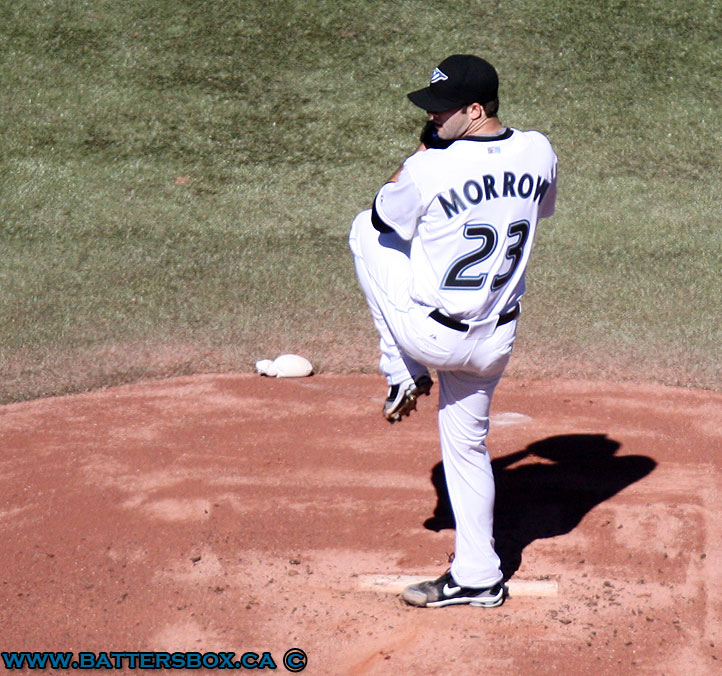
Per friend of Batter's Box Jamey Newberg, "As long as Nathan is healthy, Neftali Feliz is your newest Texas Rangers starting pitcher."
Nathan had been rumored to both the Tigers and Twins, but ESPN DFW has the story here.
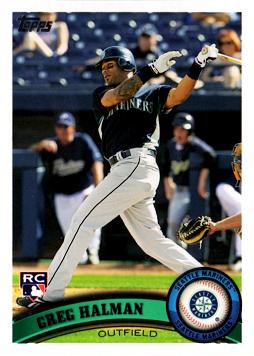
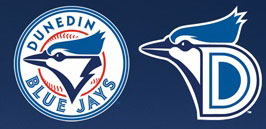
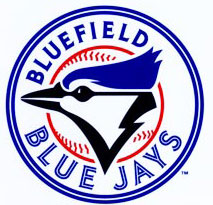
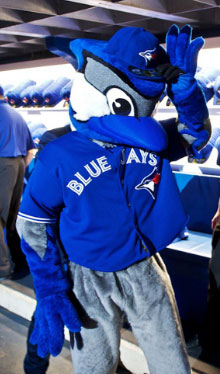
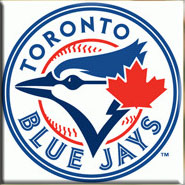
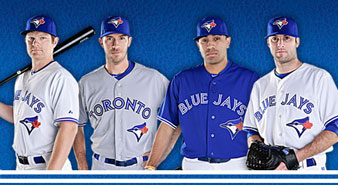
Two of Major League Baseball's proudest, most tradition-laden teams made big announcements this morning ...
For the ex-Brooklyn Dodgers, Clayton Kershaw won the team's 10th Cy Young Award, joining a list of names including the likes of Koufax (three times), Drysdale, Valenzuela and Hershiser, not to mention two closers, in Mike Marshall and Eric Gagne. Kershaw, frighteningly just 23, finished well ahead of runner-up old friend Roy Halladay. Like Justin Verlander Tuesday, Kershaw's Cy comes in the wake of his winning his league's 2011 Pitcher's Triple Crown.
In other news, the long-suffering Cubs named a new manager today for the 2012 season, opting for Milwaukee hitting coach Dale Sveum after Texas pitching coach Mike Maddux withdrew his candidacy. Sveum was a third-base coach for the Red Sox when new Cubbies GM Theo Epstein held that same post in Boston.
So, today's QOTD .... Were these the "right" choices for the NL and for the Cubs? If not, who shouldawouldacoulda?